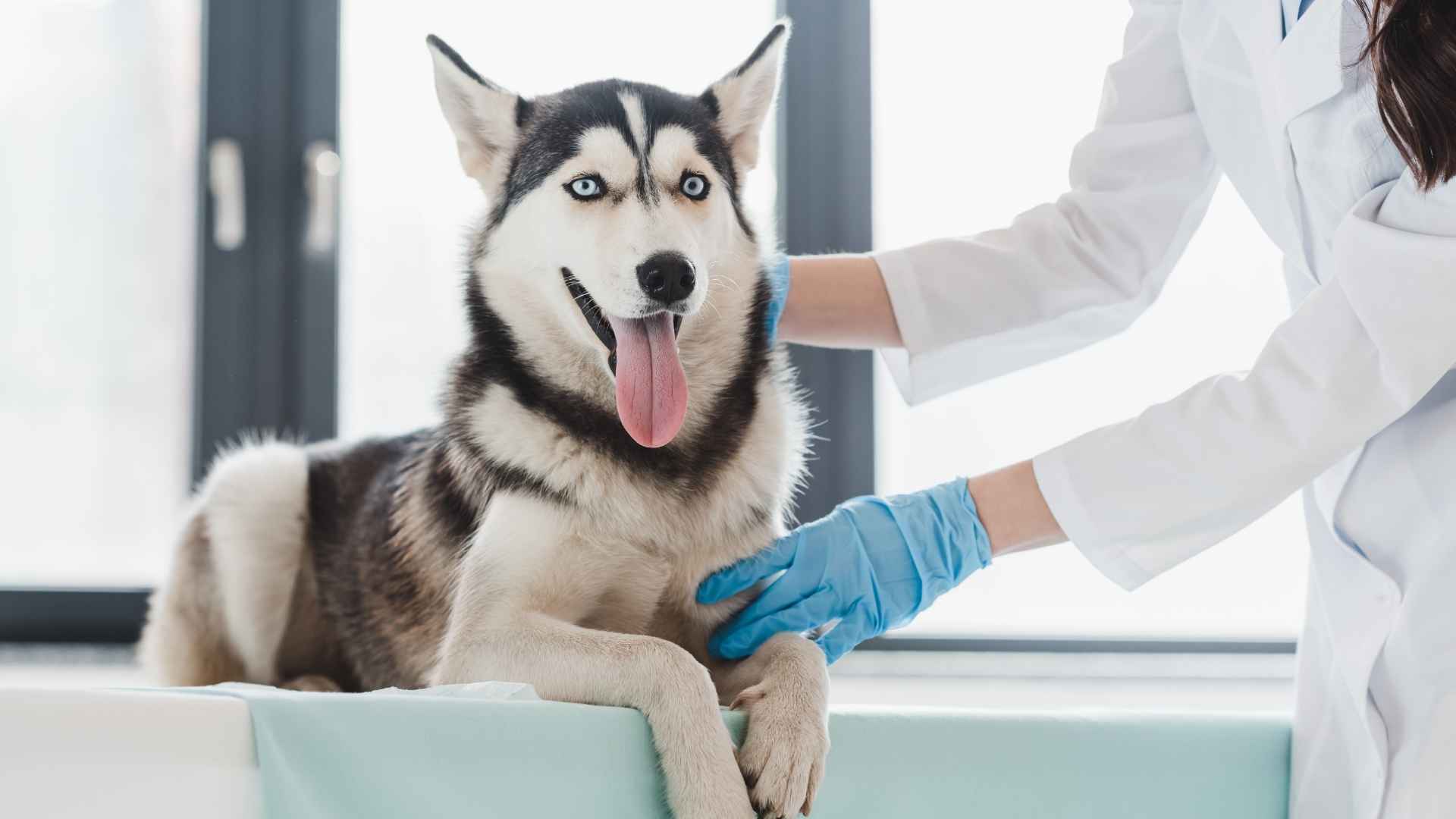Let’s be honest—when bringing home a new furry friend, one of the biggest hopes every pet parent has is for a long, healthy life. While no dog is entirely immune to illness, some breeds are known for their natural hardiness and impressive disease resistance. These dogs seem to bounce back from bumps, avoid the vet a little more often, and live their lives with vitality and zest.
Whether you’re an active adventurer looking for a four-legged partner or a family wanting a low-maintenance, healthy pup, disease-resistant dog breeds offer peace of mind and a whole lot of joy. They’re built strong, often thanks to good genetics, diverse backgrounds, or simply the magic of nature.
From mixed-breed mutts with “hybrid vigor” to sturdy purebreds known for longevity, this list is for anyone who wants fewer medical worries and more tail-wagging moments. Of course, regular care and checkups still matter—but with these breeds, you might just enjoy a smoother ride.
If you’re looking for a dog that brings health, heart, and happiness into your life, these disease-resistant champs might just be your best match.
Disease-Resistant Dog Breeds
1. Australian Cattle Dog

Picture this: you’re out on a ranch, herding cattle like a pro. You’ve got your trusty Australian Cattle Dog by your side, working harder than a coffee addict during tax season.
These dogs are known for their stamina, intelligence, and, importantly, their resilience. They’re no strangers to rough terrain, harsh weather, or the occasional tumble (thanks to their herding job). Their strong immune systems help them stay clear of many common canine illnesses, so they’re less likely to be hit by typical doggy sicknesses.
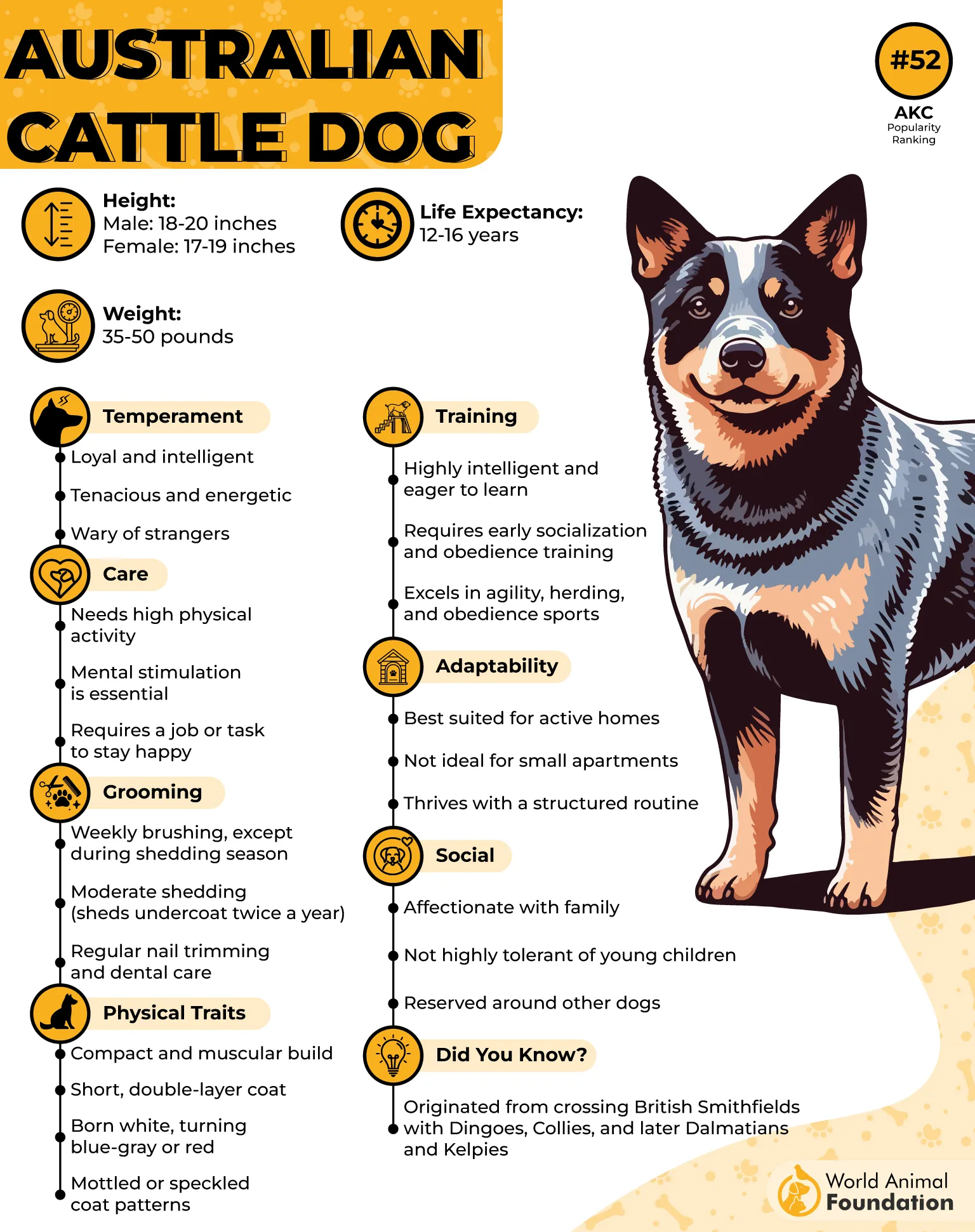
If you’re looking for a dog that can keep up with your active lifestyle, the Australian Cattle Dog is the one. They are built to last, with a coat that’s both weather-resistant and protective. It’s almost like they’ve got built-in armor!
But don’t let their toughness fool you; they’re also affectionate and can form strong bonds with their owners. Just be prepared for them to keep you on your toes—they are high-energy dogs and need regular exercise to keep them happy and healthy.
According to Britannica, the Australian Cattle Dog requires daily exercise and enjoys long hikes or jogs, along with vigorous games.
Fun Fact: The Australian Cattle Dog is sometimes called the “blue healer” (or “red healer,” if they’re of the red coat variety). If they were a superhero, their power would be super immune defense—no villains (or viruses) stand a chance!
2. Australian Shepherd
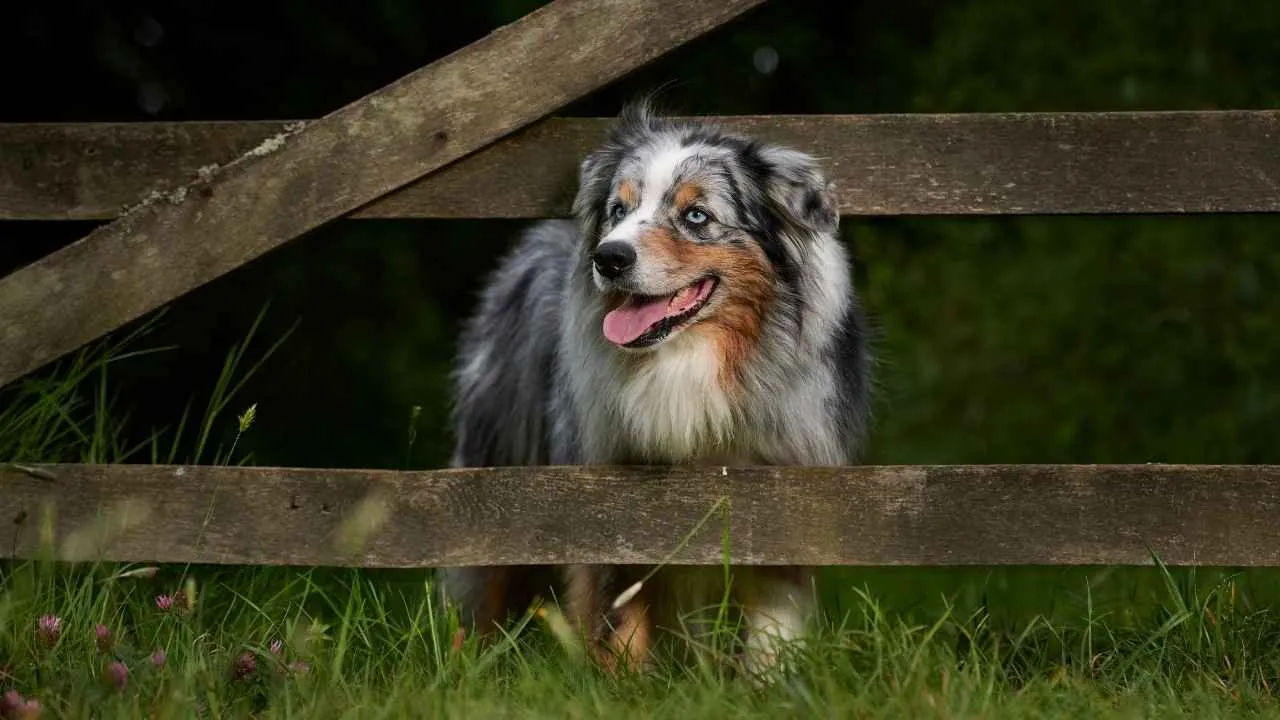
Now, if you’re looking for a dog that combines brains and brawn, the Australian Shepherd is a breed that does it all—and does it with style.
One of the healthiest, known for their agility and intelligence, these dogs are as quick on their feet as they are quick-witted. But it’s not just about mental and physical agility; these dogs also have a surprisingly robust immune system, making them more resistant to many diseases.
Despite their beauty and flashy coat, Aussies aren’t fragile flowers—they’ve got that “tough as nails” vibe. Whether they’re keeping up with a jog through the park or rounding up sheep in the countryside, they’re not ones to slow down.

And don’t worry too much about trips to the vet for preventable conditions; Aussies tend to stay strong and healthy with proper care.
That said, they do need plenty of mental and physical stimulation to keep them out of trouble, so if they’re not herding sheep, they’ll happily herd your kids or your socks.
Fun Fact: Australian Shepherds are often so active, you might wonder if they secretly have a stash of Red Bull hidden under their beds. Just imagine a dog that needs more exercise than your average marathon runner—yep, that’s the Aussie!
3. Havanese

The Havanese might be small, but don’t let their fluffy, cute exterior fool you—they’ve got some serious health resilience hidden under all that fur. This popular dog breed hails from Cuba, where they were bred to be companions, so they’re quite social and love human interaction. But what’s even better is their impressive resistance to common dog diseases.
Known for their long lifespan, Havanese are generally healthy dogs that don’t succumb easily to the usual canine ailments. Their soft, silky coats might look high-maintenance, but they’re surprisingly low in allergens, making them a great choice for people with mild dog allergies.
According to Purina, while some toy dog breeds can be territorial and aggressive, the Havanese is happy, outgoing, and friendly towards both humans and other animals.

This breed is also pretty robust when it comes to skin conditions and respiratory issues, so you won’t find yourself frequently at the vet for typical doggy woes. However, regular grooming and proper care are still important to keep them feeling their best.
Fun Fact: Havanese have a little “superpower” that’s often overlooked—they’re amazing at detecting changes in their environment. It’s almost like they’ve got radar for things that aren’t quite right, making them good at alerting their owners to potential health concerns. Their immune system is just as alert as their nose!
4. Shiba Inu
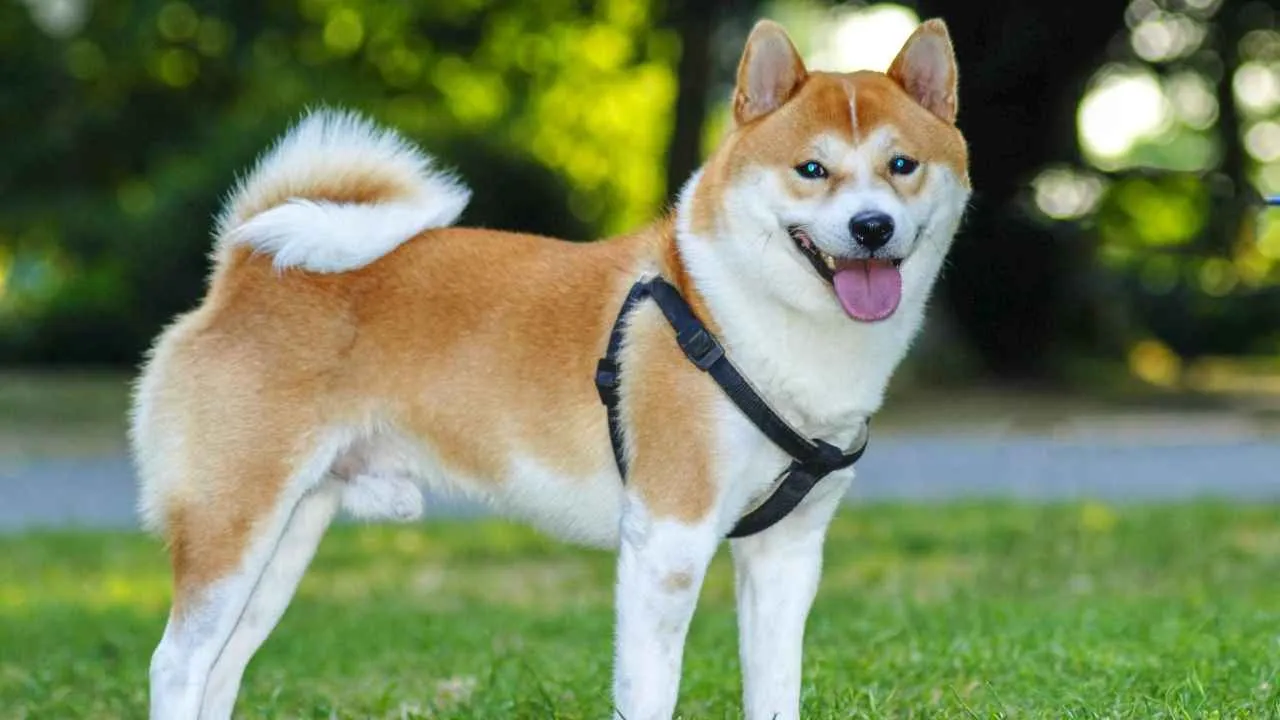
If you want a dog that exudes confidence, the Shiba Inu is your perfect match. These little Japanese fox-like dogs are admired for their beautiful red or black coats and resilience.
Shiba Inu is known for being independent and self-sufficient, which means they’re also strong and tough when it comes to health.
This breed is generally free of genetic health problems that often plague other small dogs. While some breeds can suffer from joint issues, Shiba Inus are typically robust, and their immune systems are no slouches either.

With a healthy diet, regular exercise, and care, a Shiba Inu will most likely live a long and healthy life with minimal medical issues. They’re also great at self-cleaning (bonus points for not needing constant baths!) and have relatively low grooming needs compared to other small breeds.
Fun Fact: The Shiba Inu’s signature “Shiba scream” is both hilarious and adorable, but don’t be fooled—it’s not just a scream of frustration. These dogs are incredibly tough cookies with a healthy dose of attitude. Just like their health, their independence and spirit are truly one-of-a-kind!
5. Whippet
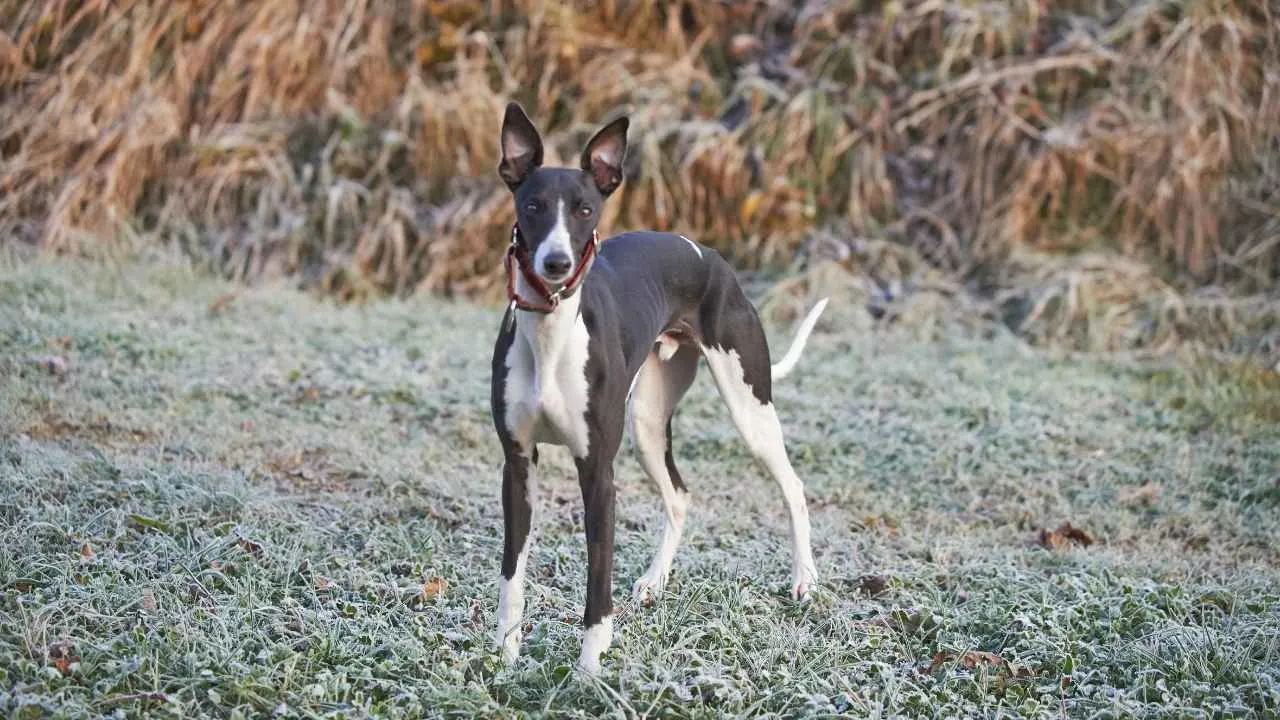
The Whippet is like the Ferrari of the dog world—sleek, fast, and built for performance. These graceful dogs are the only dog breed that can reach speeds of up to 35 miles per hour, but here’s the twist: they’re also impressively disease-resistant for a breed known for its athleticism.
Despite their lean build, Whippets are surprisingly low-maintenance health-wise. They’re less prone to the typical ailments that often affect other breeds, such as hip dysplasia and heart conditions. Their short coat requires little grooming, and they’re naturally clean dogs.
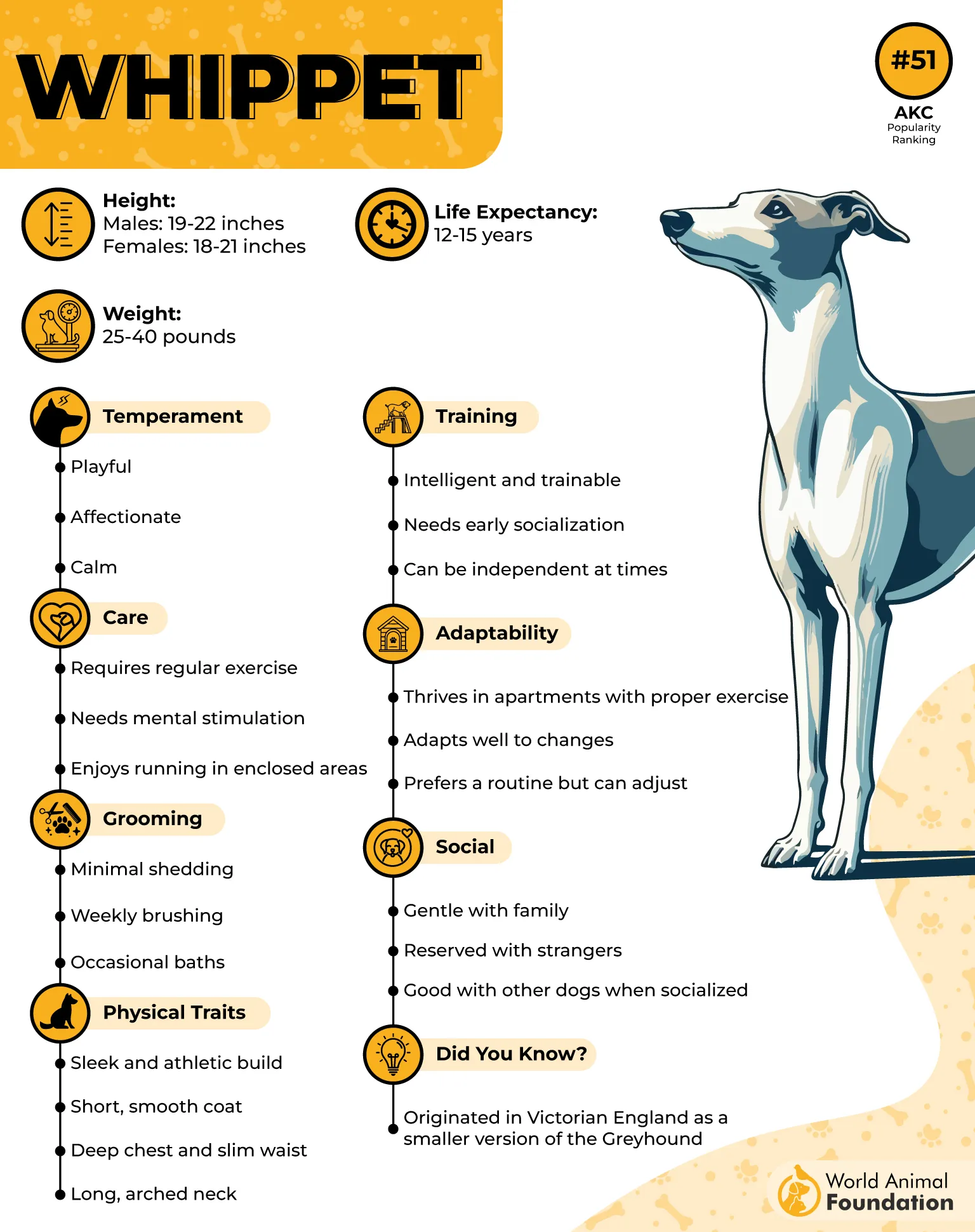
Whippets are also known for being easy on the digestive system, making them less likely to suffer from common gastrointestinal issues. So, you can race them across the yard with the peace of mind that they’re built like the wind—and built to last!
Fun Fact: The Whippet is so fast, it’s like they’re always in a hurry to get somewhere important. But don’t be fooled by their sprinting abilities—they’re surprisingly chill when they’re not running at full speed, often relaxing as if they just completed a marathon. Just don’t challenge them to a race unless you’re ready to lose!
6. Siberian Husky
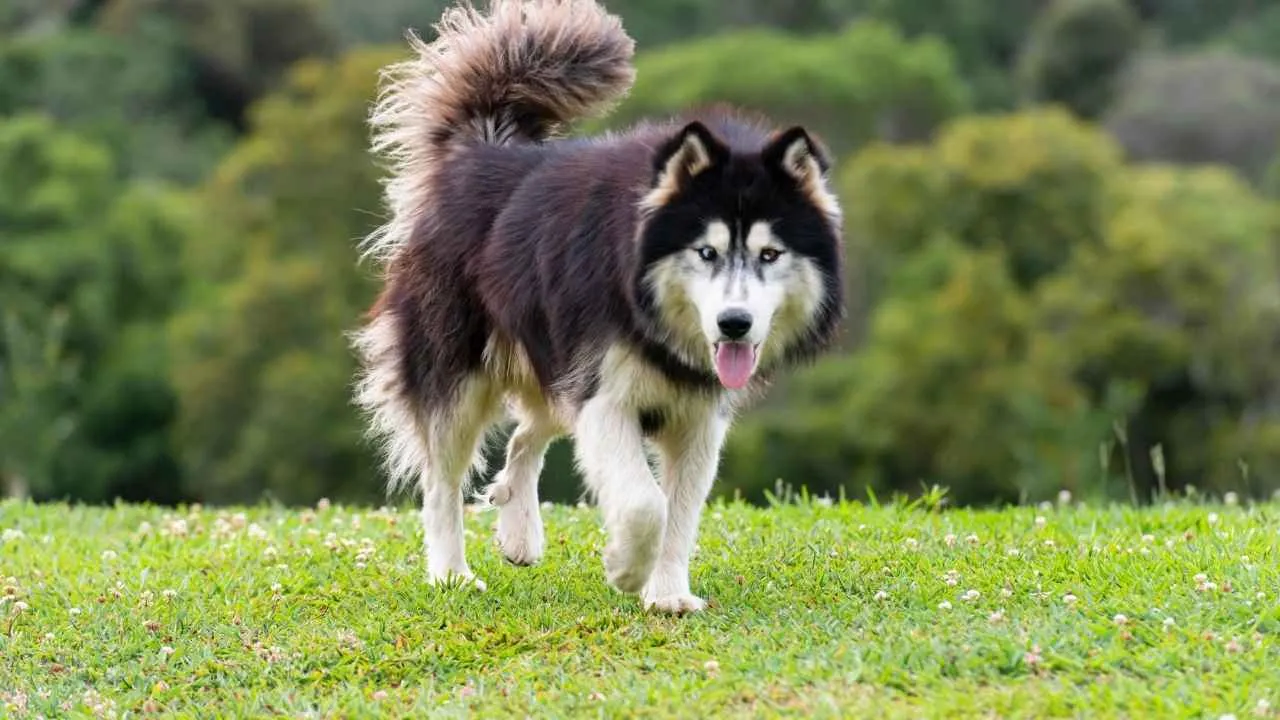
The Siberian Husky is the embodiment of toughness, and they’ve evolved to handle the harshest conditions Mother Nature can throw their way. These dogs were bred to pull sleds in the icy cold of the Arctic, so it’s no surprise that they’ve developed some serious resilience to diseases.
They have strong immune systems that can handle extreme temperatures, and they’re less likely to suffer from many of the common ailments that affect other breeds.
One of the key factors in the Husky’s health resilience is their genetic robustness. They have relatively few inherited genetic health problems, and with good care, they tend to live long, healthy lives. As per WebMD, Siberian Huskies usually get along well with other dogs and large families, including those with small children.
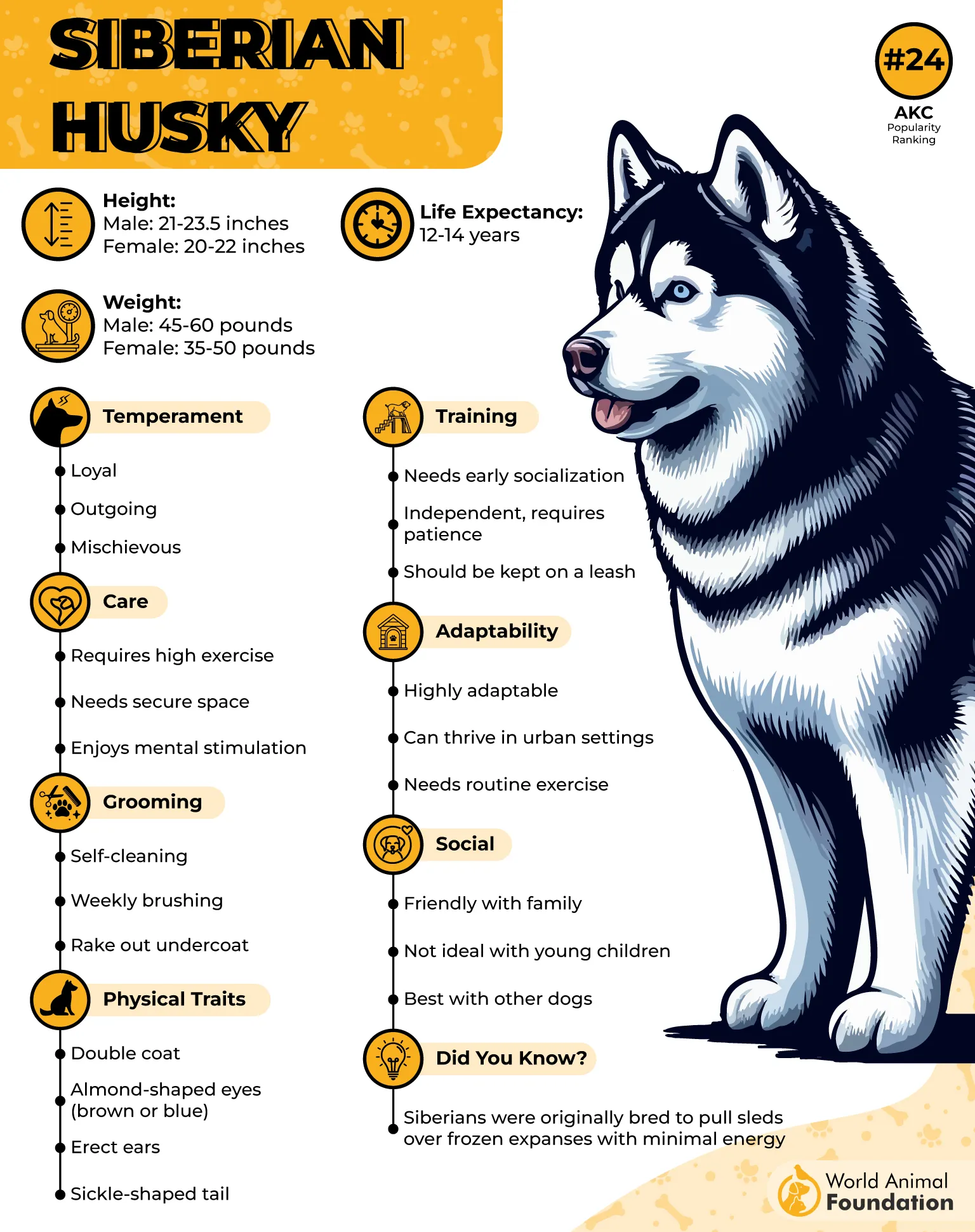
Their thick double coats protect them in freezing weather and even help shield them from some environmental allergens. These fluff balls are also known for their independence and high energy, so you’ll need to give them plenty of exercise to keep them in peak condition. But don’t worry, they’re built for it!
Fun Fact: If you’ve ever heard a Husky “talk,” you know they have a unique way of expressing themselves. From howling to making “talking” noises, it’s like they’re having an ongoing conversation with you. Just be prepared for their vocal talents to become the soundtrack of your life!
7. Belgian Malinois
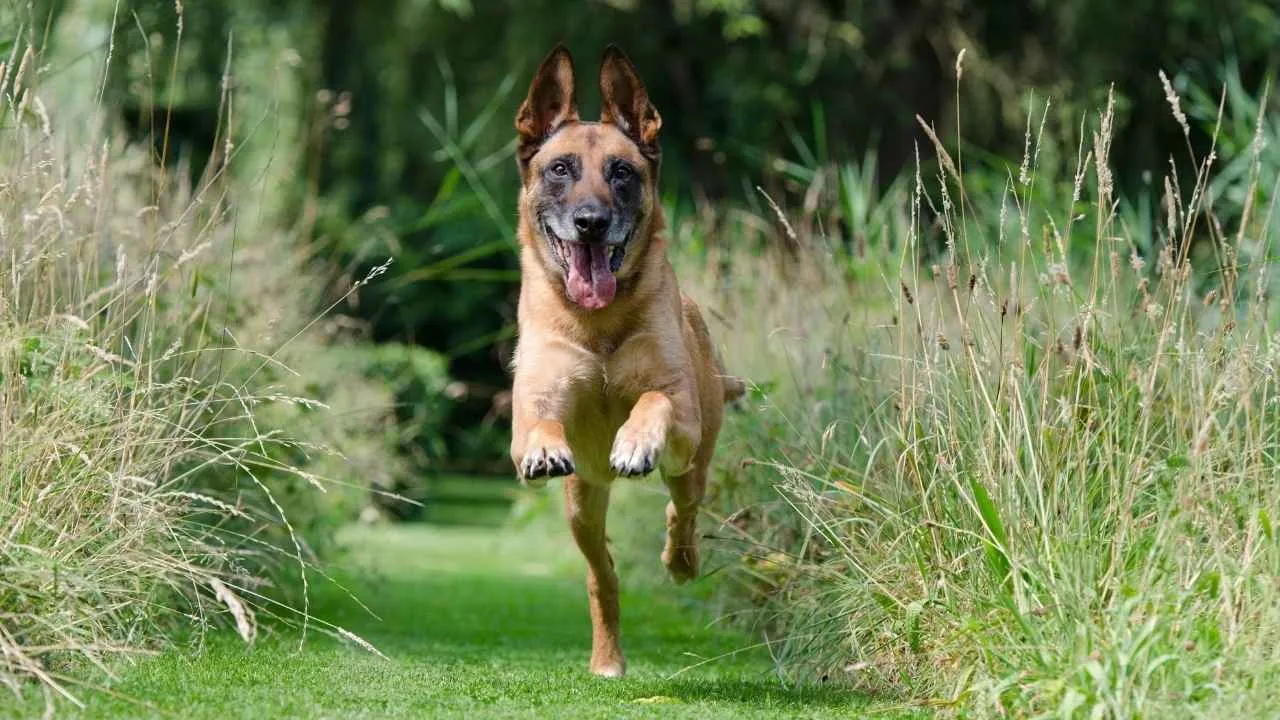
If there’s one thing you need to know about the Belgian Malinois, it’s that they were bred to work—and they don’t just work hard, they work smart.
The Belgian Malinois is a highly intelligent and versatile dog breed native to Belgium, originally bred for herding and now commonly used in police and military work. But did you know these super-dogs are also among the most disease-resistant breeds out there?

Belgian Malinois are tough, with an impressive immune system that helps them dodge many of the typical health issues that can plague other breeds. They’re also less prone to hip dysplasia and eye problems, which can be common in some working breeds.
The key to their health lies in their active lifestyle: plenty of physical and mental stimulation keeps them strong and disease-free. With proper care, this breed can live a long, healthy life while still excelling in whatever work or play you throw at them.
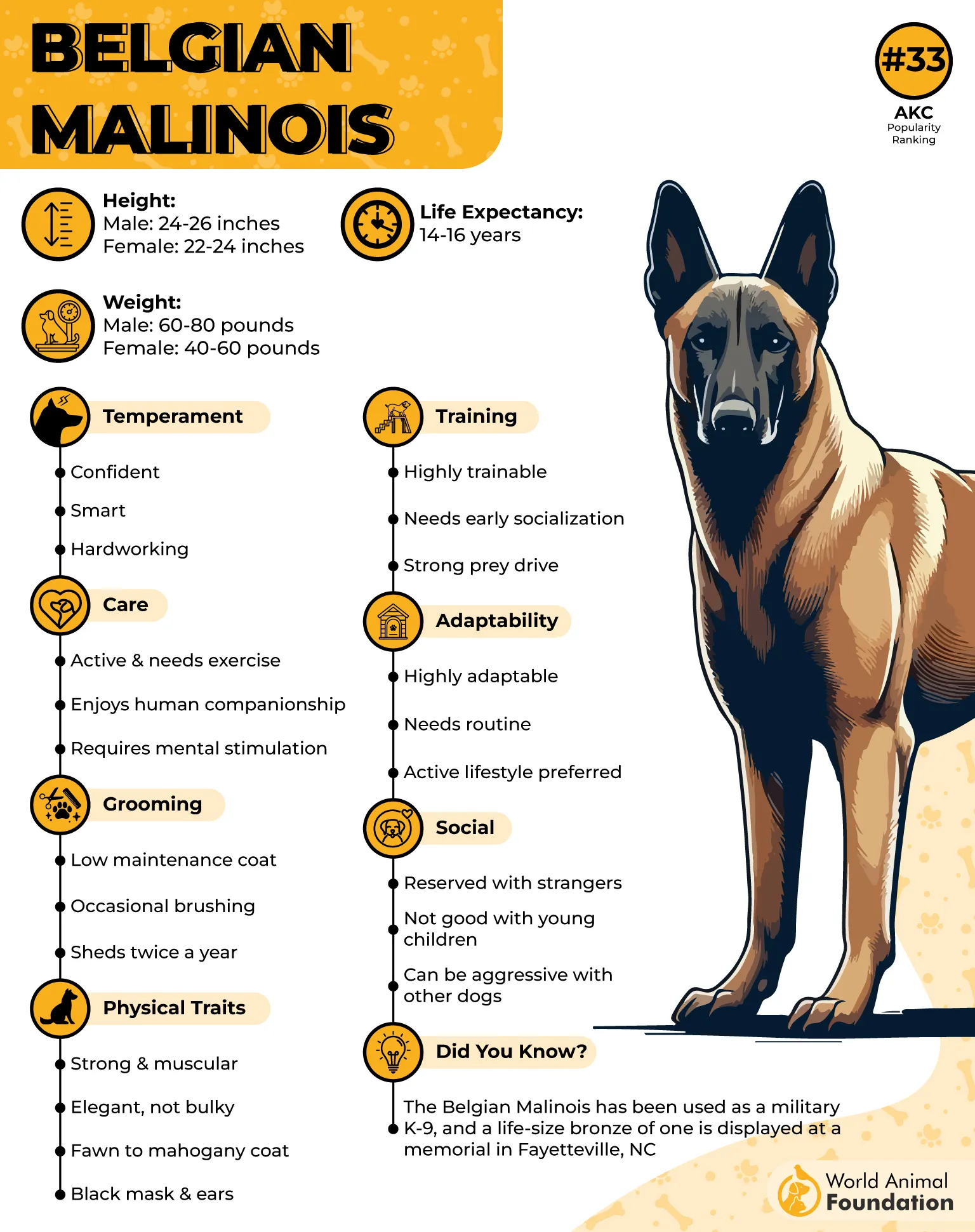
Fun Fact: The Belgian Malinois is like the superhero of the dog world—always on the go and always in shape. Just imagine a dog that can do flips, chase down bad guys, and still have energy for a game of fetch afterward. They’ll keep you moving, so get ready to join their marathon sessions!
Conclusion
Disease-resistant dog breeds are often those that are typically healthy dogs with fewer genetic health issues. Mixed-breed dogs, for example, tend to have a long life and fewer health problems due to the genetic diversity they inherit. Breeds like the Border Collie and the German Shorthaired Pointer are known for their robust health and active lifestyles, making them excellent choices for active families.
These breeds tend to thrive with regular exercise and mental stimulation, which contribute to their overall health and calm temperament. However, pet parents need to choose breeds from reputable breeders who practice responsible breeding practices to minimize the risk of inherited genetic disorders. By providing a balanced diet, regular veterinary check-ups, and a loving, active home, the healthiest dog breeds can enjoy minor health issues and a life with fewer challenges.


